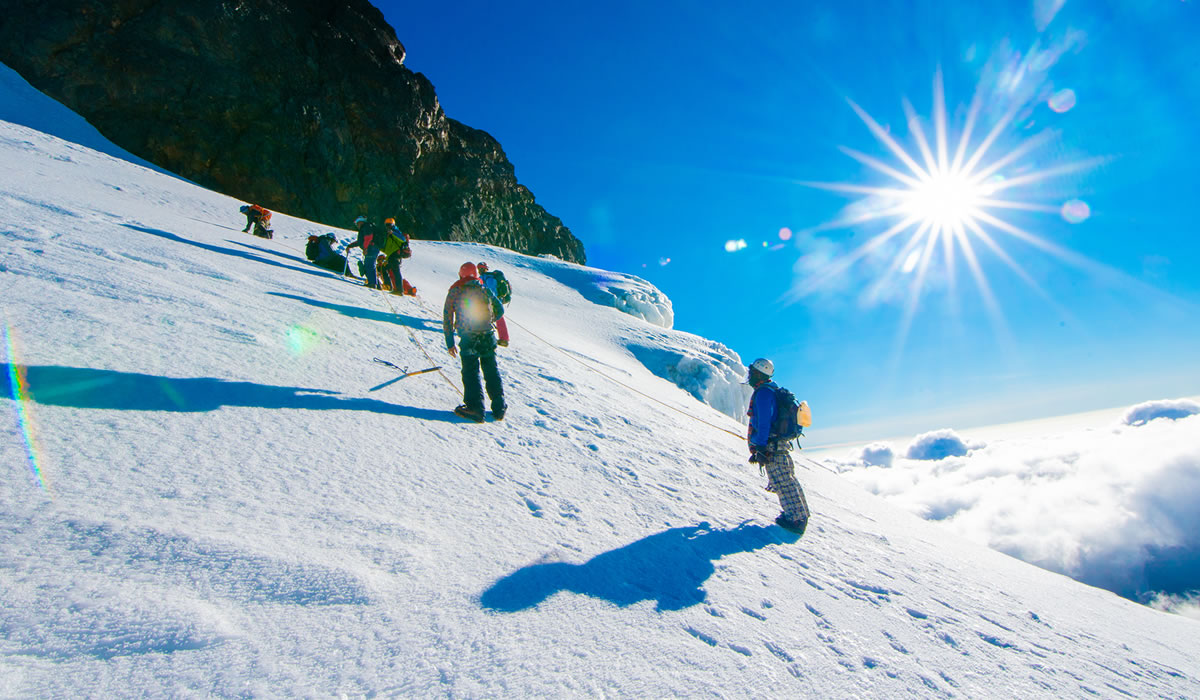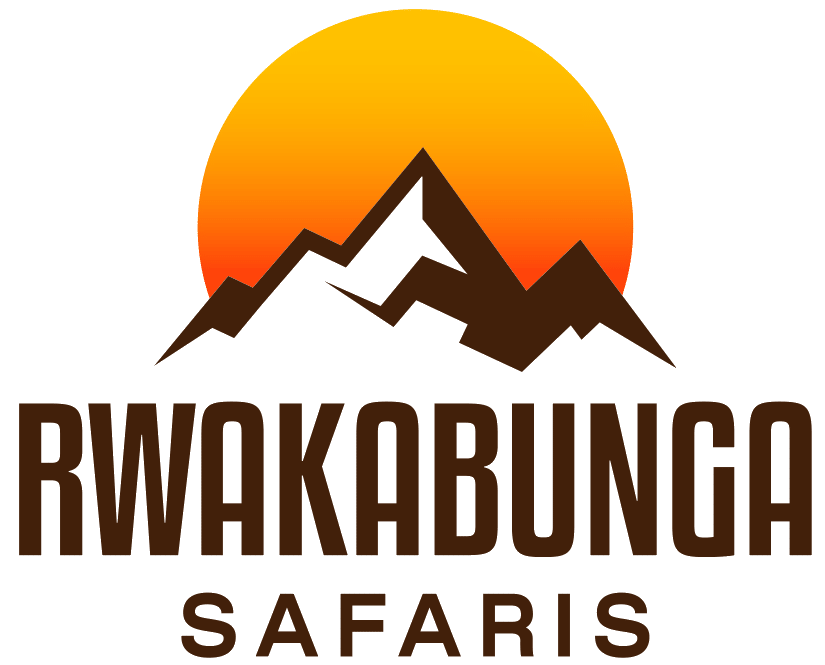Uganda, famously known as the Pearl of Africa, is one of the most breathtaking destinations for mountain climbing and adventure tourism in East Africa. The country is blessed with dramatic landscapes, snow-capped peaks, lush volcanic slopes, and scenic highlands that attract tourists from all over the world. Mountain climbing in Uganda is not only about conquering summits but also about experiencing pristine wilderness, rare wildlife, and vibrant local cultures. From the legendary Rwenzori Mountains, also called the Mountains of the Moon, to the volcanic peaks of Mount Elgon and the striking Virunga ranges in the southwest, Uganda offers a diverse range of climbing adventures for all levels of experience.

The Rwenzori Mountains
The Rwenzori Mountains, located along Uganda’s western border with the Democratic Republic of Congo, are the country’s most iconic climbing destination. Declared a UNESCO World Heritage Site, Rwenzori Mountains National Park is home to Africa’s third-highest peak, Mount Stanley, which rises to 5,109 meters above sea level. Its highest summit, Margherita Peak, is permanently snow-capped and offers one of the most challenging and rewarding climbs on the continent.
Unlike other African peaks such as Kilimanjaro, which is volcanic, the Rwenzori Mountains are formed from uplifted rock, creating rugged terrain with jagged peaks and deep valleys. The landscape is incredibly diverse, featuring glaciers, alpine meadows, giant lobelias, and tropical rainforests. Tourists climbing the Rwenzoris encounter a variety of ecosystems as they ascend, from bamboo forests to afro-alpine zones filled with unique plant species found only in this part of the world.
The Rwenzori Mountaineering Services (RMS) and Rwenzori Trekking Services (RTS) manage guided routes that cater to both experienced mountaineers and moderate hikers. The standard climb to Margherita Peak typically takes between 7 and 9 days, depending on the route and weather conditions. It is a physically demanding climb, but the reward of reaching the summit, surrounded by snow and panoramic views over Central Africa, makes it a once-in-a-lifetime experience.
Mount Elgon
Located in eastern Uganda near the border with Kenya, Mount Elgon is another top destination for mountain climbing enthusiasts. Once the highest mountain in Africa before erosion reduced its size, Mount Elgon now stands at 4,321 meters, making it Uganda’s second-highest peak. It has the largest volcanic base in the world and one of the biggest calderas, measuring 50 kilometers across.
Mount Elgon National Park is a paradise for tourists who prefer a less strenuous but equally scenic climb. The mountain’s slopes are covered with montane forests, bamboo zones, and moorlands rich in wildlife and bird species. The park is home to animals like forest elephants, duikers, and colobus monkeys, as well as over 300 bird species including the endangered Lammergeier and Jackson’s Francolin.
Several climbing routes lead to Wagagai Peak, the highest point on Mount Elgon. The Sasa Trail, starting from Budadiri, is the shortest and steepest route, while the Piswa Trail from Kapkwata is longer but offers gentler slopes and more gradual scenery. Climbs typically take between 4 and 6 days, and camping is allowed at designated sites along the way. Mount Elgon is ideal for tourists seeking a combination of adventure and natural beauty without the extreme challenges of technical mountaineering.
The Virunga Volcanoes
In southwestern Uganda, along the borders with Rwanda and the Democratic Republic of Congo, lie the Virunga Volcanoes, a chain of eight magnificent volcanic mountains. Three of these peaks are located in Uganda within Mgahinga Gorilla National Park: Mount Muhabura (4,127 m), Mount Gahinga (3,474 m), and Mount Sabinyo (3,669 m). These extinct volcanoes are part of the larger Virunga Conservation Area and provide incredible climbing opportunities combined with spectacular scenery and rich biodiversity.
Climbing the Virunga Volcanoes offers tourists a unique experience that blends adventure with wildlife encounters. The slopes are home to the endangered mountain gorillas and golden monkeys, as well as rare bird species found only in the Albertine Rift region. Mount Sabinyo, whose name means “Old Man’s Teeth,” is the most popular among climbers. It offers a rugged but rewarding ascent that takes about eight hours round-trip. From its peak, climbers can stand at a point where Uganda, Rwanda, and Congo meet, enjoying breathtaking panoramic views of all three countries.
Mount Muhabura, the highest of the three, provides a steeper but straightforward climb, taking about six to eight hours to reach the summit. A crater lake near the top makes the hike even more scenic. Mount Gahinga is the easiest of the three and perfect for beginners or tourists short on time. The lower slopes are covered with lush bamboo forests, where golden monkeys are frequently spotted.
Mount Moroto and the Karamoja Highlands
For tourists seeking off-the-beaten-path adventures, Mount Moroto and the Karamoja Highlands in northeastern Uganda offer a unique mountain climbing experience. Mount Moroto, rising to 3,083 meters, is part of a chain of volcanic mountains that stretch into Kenya’s Turkana region. The climb is not technically demanding but requires stamina and a sense of adventure, as the region is remote and sparsely populated.
The mountain’s slopes are inhabited by the Tepeth people, one of Uganda’s smallest ethnic groups, known for their rich cultural traditions. Climbing Mount Moroto provides an opportunity to interact with these communities and experience authentic Ugandan culture alongside incredible views of the arid plains and rugged landscapes. The Karamoja region, once considered a no-go zone, is now a rising tourism destination known for its raw beauty, wildlife reserves, and community-based tourism projects.
The Best Time for Mountain Climbing in Uganda
Uganda’s climate allows for mountain climbing almost all year round, but the best time to climb depends on the region and the level of rainfall. The dry seasons, from December to February and June to August, are considered the most favorable for climbing since trails are less slippery and visibility is better. During the rainy seasons (March to May and September to November), climbs can be more challenging due to heavy rainfall, especially in the Rwenzoris where conditions can change rapidly.
For the Rwenzori Mountains, dry months are preferred, although the region’s high altitude means rain can occur at any time. Mount Elgon and the Virunga Volcanoes, on the other hand, are accessible throughout the year but require appropriate gear during wetter months. Tourists should always check local conditions before setting out and plan climbs with reputable guides for safety.
Preparation and Equipment for Climbing in Uganda
Proper preparation is essential for anyone planning a mountain climbing expedition in Uganda. While some peaks like Mount Gahinga or Mount Elgon are suitable for moderate hikers, others, such as Margherita Peak in the Rwenzoris, require technical skills and specialized equipment. Tourists should pack the following essentials:
- Sturdy Hiking Boots: Waterproof and with good ankle support for rough terrain.
- Warm Clothing: Temperatures drop sharply at higher altitudes.
- Rain Gear: Essential due to Uganda’s unpredictable weather.
- Sleeping Bag and Tent: Required for multi-day climbs where camping is necessary.
- Headlamp, Gloves, and Trekking Poles: For balance and safety on steep trails.
- First Aid Kit and Insect Repellent: To manage minor injuries and prevent bites.
Hiring local porters and guides not only enhances safety but also supports community livelihoods. Reputable companies provide trained guides, porters, cooks, and equipment for multi-day climbs.
Combining Mountain Climbing with Other Adventures
Mountain climbing in Uganda can easily be combined with other unforgettable experiences. Tourists climbing the Rwenzori Mountains can also visit Queen Elizabeth National Park for game drives and boat safaris. Those visiting Mount Elgon can explore Sipi Falls, a stunning series of waterfalls on the mountain’s lower slopes, perfect for relaxation after a climb. In the southwest, a visit to the Virunga Volcanoes can be paired with gorilla trekking in Mgahinga Gorilla National Park or Bwindi Impenetrable National Park, creating one of the most diverse adventure itineraries in Africa.
Uganda’s compact geography makes it possible to experience mountain climbing, wildlife safaris, and cultural encounters within a single trip, making it one of the most rewarding destinations for adventure tourism.
Conservation and Responsible Climbing
Uganda’s mountains are not only tourist attractions but also vital ecosystems that support unique flora, fauna, and water catchments. Responsible climbing helps preserve these fragile environments for future generations. Tourists are encouraged to follow Leave No Trace principles, avoid littering, respect wildlife, and use designated camping areas. Many mountain regions, especially the Rwenzoris and Mount Elgon, are managed by the Uganda Wildlife Authority (UWA), which enforces conservation regulations and employs local rangers to protect biodiversity.
Supporting local guides, hiring porters from nearby villages, and staying in community-owned lodges directly benefit local communities and promote sustainable tourism. Conservation fees collected from tourists also fund habitat restoration and wildlife protection efforts.
Mountain climbing in Uganda offers an unmatched blend of adventure, natural beauty, and cultural richness. From the snow-capped peaks of the Rwenzori Mountains to the ancient volcanic slopes of Mount Elgon and the picturesque Virunga Volcanoes, Uganda’s mountains provide some of the most rewarding climbing experiences in Africa. Whether you are an experienced mountaineer seeking technical challenges or a nature lover looking for scenic hikes, Uganda has something extraordinary to offer.
The country’s diverse landscapes, friendly people, and well-managed parks make it an exceptional destination for outdoor enthusiasts. As more tourists discover the thrill of climbing Uganda’s mountains, the country continues to shine as a top destination for adventure tourism in Africa. With responsible climbing and conservation efforts, Uganda’s majestic peaks will remain a source of inspiration and wonder for generations to come.

